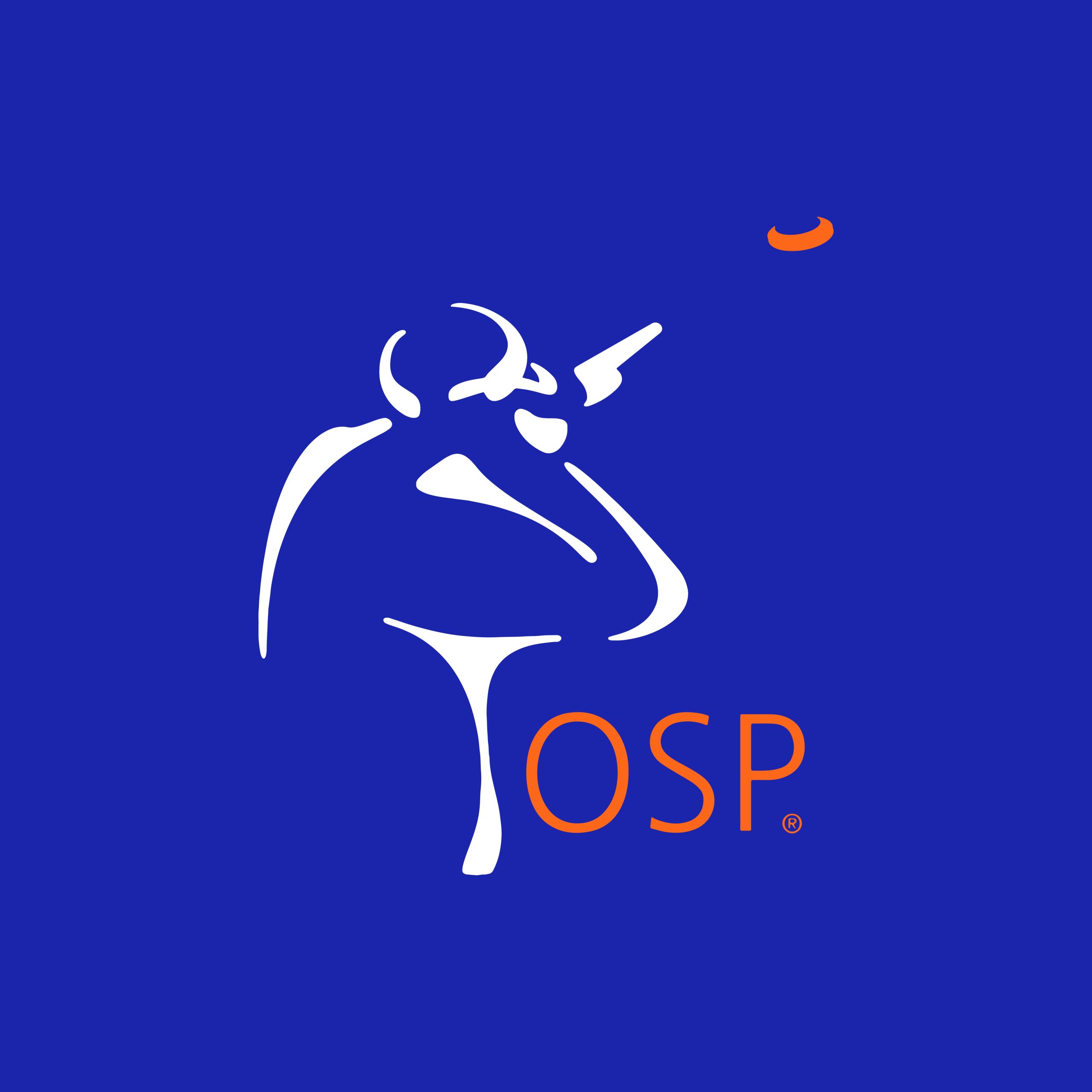Building Long-Term Memory in Practice
We are finding out that practice is perhaps the most valuable tool in our game of shooting a moving target with a shotgun. At the same time, it’s the most wasted tool. Shooters shoot a lot and think they are practicing, but all they are really practicing is loading the gun and calling “pull.”
You have two kinds of memory: long-term and short-term. Short-term memory is great for remembering a phone number until you write it down, but it is designed to be used and then forget what it was used for. It is very inefficient at controlling the sequential firing of complex circuits in the brain.
The short-term memory can be aware of and orchestrate 40 bits of data per second. Long-term memory can be aware of and orchestrate 11 million bits of data per second.
All your skill is stored in long-term memory. That part of your memory is virtually infinite. It can orchestrate extremely large and complex circuits in the brain. Skill begins as short-term memory. After the circuit is fired enough and begins to happen without thinking, it shifts over to long-term memory.
A perfect illustration of this is getting into your first iPhone. There were no instructions and you fumbled your way through trial and error (short-term memory) until you learned how to use it. Now when you get a new phone, it takes little or no time until you are operating it with ease and no thought. You learned how to use your first phone in short-term memory until you opened it exactly the same way over and over enough times. Then your brain began to do it without thinking, and at that point, the act passed over to your long-term memory as a skill.
How you practice must eventually become repetition of the same sequence the same way over and over, every time you load the gun and call “pull.” If you practice a shot without visualizing it in detail as a movie the way you want it to happen, it does nothing to build skill and long-term memory.
When you combine visually preloading the shot as a movie and executing your shot according to your preload and break the target the way you intended, then you begin to build long-term memory. If you ever want to become consistent, you must begin to be more specific with how you want the shot to come together through deliberate practice with a visual preload.




